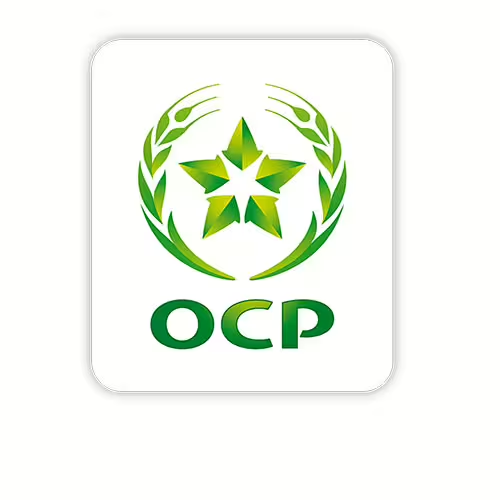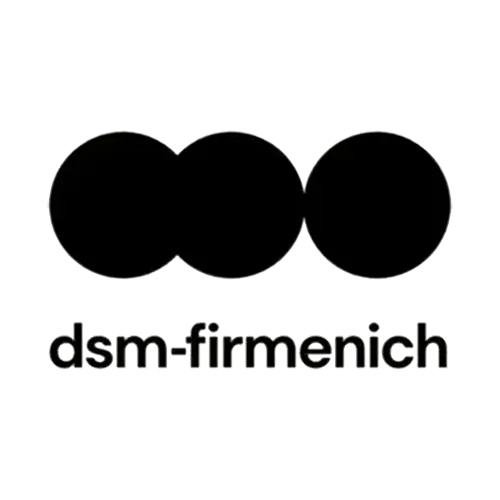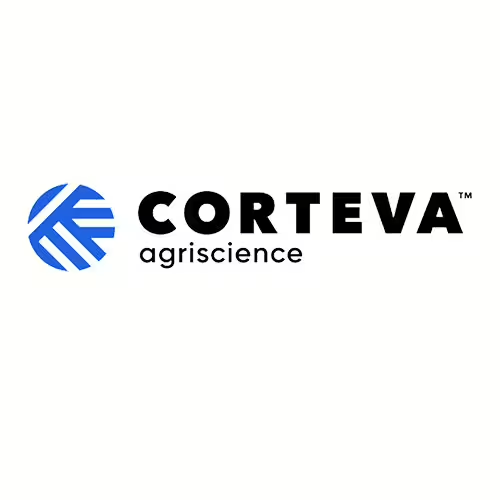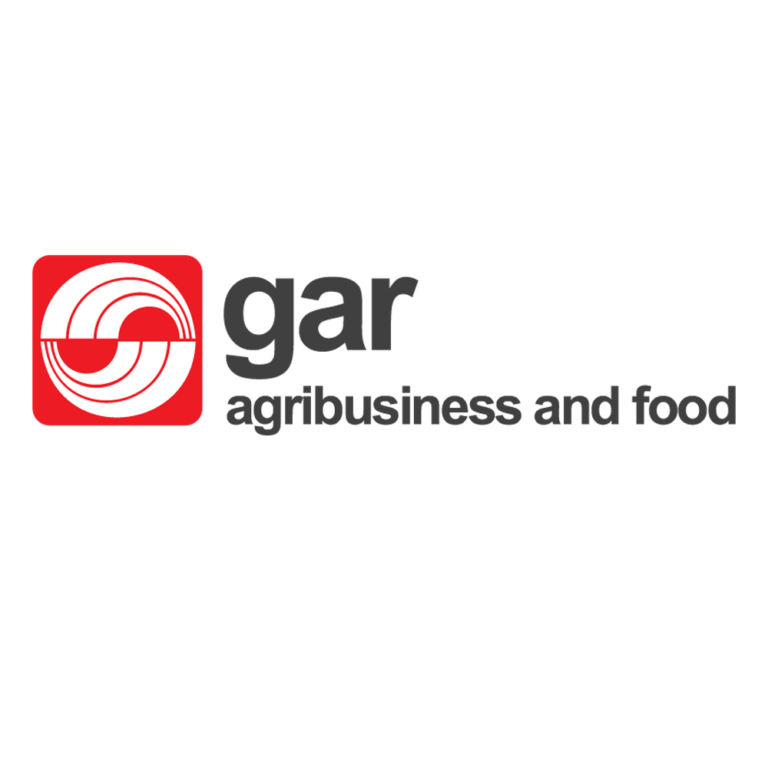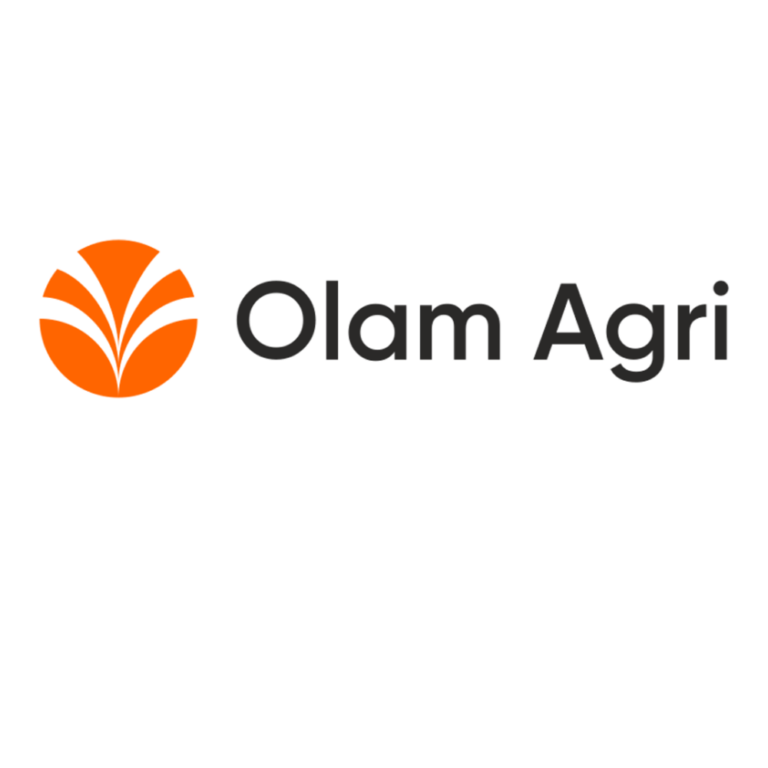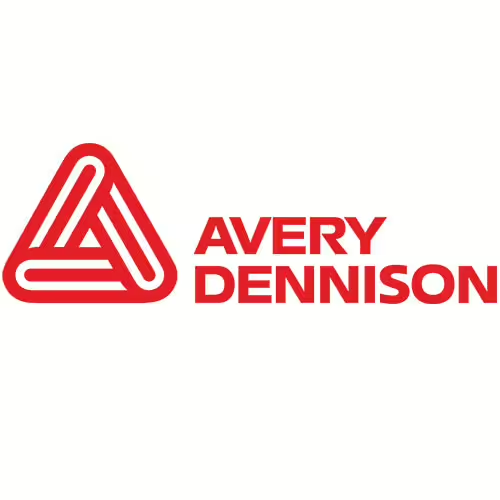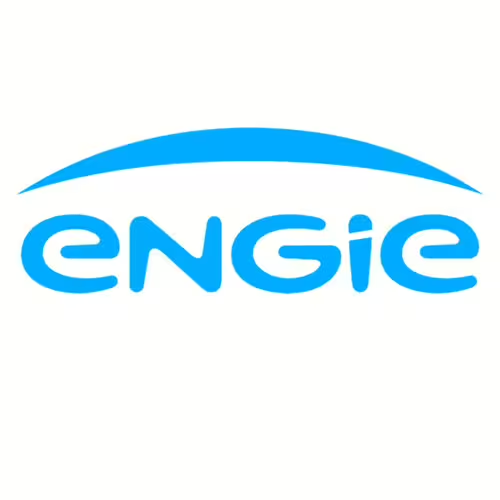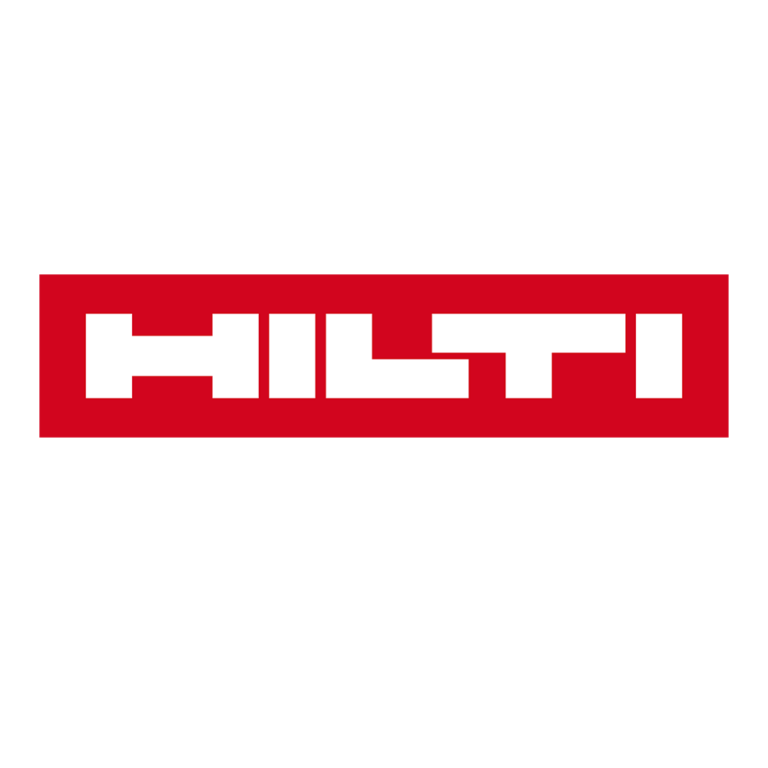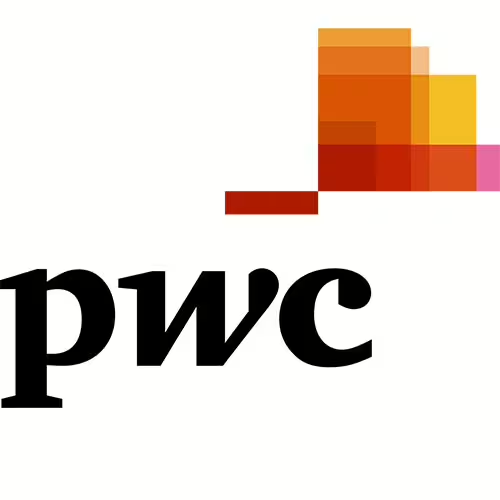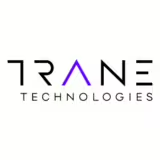Avoided Emissions Implementation Hub
Browse the pilot use case repository
This collection of one-pagers is part of WBCSD’s avoided emissions use case pilot project. It is the result of a collaborative effort by WBCSD and its member companies in which the Avoided Emissions Guidance was tested with real-life use cases to understand the state of the art of low carbon solutions and its assessments.
We aim at building a set of resources that can guide practitioners and other stakeholders like investors and policy makers in performing and understanding how to assess the emissions mitigation impact of real economy solutions.
These use cases have been instrumental in testing and refining our design principles, including compliance with the do-no-significant-harm criteria, driving systemic benefits, and distinguishing from legacy technologies. While many of these cases meet only some of these criteria, they have helped us establish the current state of late-stage corporate avoided emissions solution.
We will continue to expand this library to also include use cases from a broader set of actors encompassing different investment stages, levels of maturity or industries which not only introduce unique challenges in calculating avoided emissions but also add a broader point of view, needed to increase strategic alignment, leverage collective efforts from early- and late-stage actors, and ensure we are allocating resources towards the most impactful solutions to avoid future emissions.
To build the repository, WBCSD member companies submitted their use cases for evaluation by WBCSD’s experts. A review process was established so that well defined, good practice use cases are first fully described within the technical template, and then are captured in the one pager format which is more concise and comprehensive for a wider audience. Most of this assessments have not yet been verified by third parties and are published here as learning assets to help establish best practices and serve as basis for harmonization.

Assessment details: this section shows the key data used to
evaluate the avoided emissions of the
product or service and the results of the evaluation
Functional unit(s): avoided emissions should be expressed in a quantifiable functional unit
that reflects the product's or service's performance in its relevant context. This unit may differ
from the functional unit used in an LCA. For example, while an electric vehicle battery's
functional unit in an LCA might be kilowatt-hours, in an AE assessment, emissions avoided per
kilometer driven is a more relevant measure, allowing comparison with a reference case, such
as a combustion engine vehicle.
Impact: the actual emissions avoided by the solution,
calculated as the difference in emissions of a reference activity
with and without the solution being used, taking the solution’s
entire life cycle into consideration in terms of tCO2eq per functional unit.
Time Period: the timeframe used for the AE assessment which
should be consistent with the timeframe used to assess its
direct and indirect emissions as part of a company’s
GHG inventory (following the GHG Protocol Corporate Standards)
Scope: states the implementation context assumed
for the assessment, for example it should be specified if the
data is only relevant for a specific region or country, or only for a given application.
System Boundaries: list the processes, components or
activities that build the solution being assessed
The business as usual scenario: a qualitative description of the reference
case which reflects the most likely hypothetical scenario
if the solution was not in place.
The low carbon scenario: a qualitative description of the
solution, its functionality and its maturity
System boundary diagram: a graphic representation of the components/activitie
s that build the solution, and if relevant how it compares to the
business-as-usual solution. Also the ghg categories and scopes that are primarily
affected by the implementation of the solution are described
WBCSD Avoided emissions eligibility gates: To ensure credibility of corporate climate
action and alignment with a 1.5C future, WBCSD Guidance
requires companies to comply with three eligibility gates for
AE claims. These relate to the corporate level (e.g.
demonstrate climate action credibility) and the solution level
(science alignment, direct/significant impact). Details can
be found in the AE Guidance [Guidance on Avoided Emissions]
Environmental and social side effects: Potential rebound and side
effects of any AE solution in terms of environmental trade-offs and
sustainability goals beyond GHG impact should be analysed
and shared along with any AE claim. For instance, impacts
on biodiversity in mining by increased running time of high-
efficiency equipment.
Third party verification: Companies shall mention if the avoided
emissions impact has been verified by a third party or not.

Use case pilot repository
Agrifood sector – Improve cattle feed efficiency
Construction – Macro synthetic fibers in concrete reinforcement
Circularity: Plastics waste recycling
Energy: HVDC long-distance power transmission for renewable energy systems
Water – Low-carbon upgrade for the water sector
Agrifood Sector - Low-Carbon Solution for Dairy & Beef production
Mining sector - energy efficient comminution process
A technical template to guide technical assessment and stakeholder engagement.
As part of WBCSD’s effort to bring avoided emissions to life, we are developing tools to drive AE assessments that are done in a transparent and technically rigorous manner. Download this technical template to access the key elements needed to calculate and communicate avoided emissions assessments.

Sectoral deep dives guidance
- Mobilize industry clusters/ecosystems to implement and scale low-carbon solutions
- Provide practical guidance on the application of avoided emissions in corporate decision-making
- Create evidence for global standardization of intervention-based GHG accounting and harmonize solution-specific assessments
- A technical methodological part focused on assessing selected priority solutions or solution groups (including crop innovations, livestock feed, diet shifts for ag&food and energy efficient building fabric and low-carbon material and materials efficiency in built environment) to specify and harmonize how to quantify avoided emissions in terms of selecting reference scenarios, system boundaries, cut-off criteria, potential exemptions, data sources among others.
- A managerial part that can be used as a playbook on how to leverage AE in corporate decision-making, e.g., in innovation/R&D portfolio, go-to-market, costs of capital, funding/green finance
Click below to stay up to date with the deep dive progress






